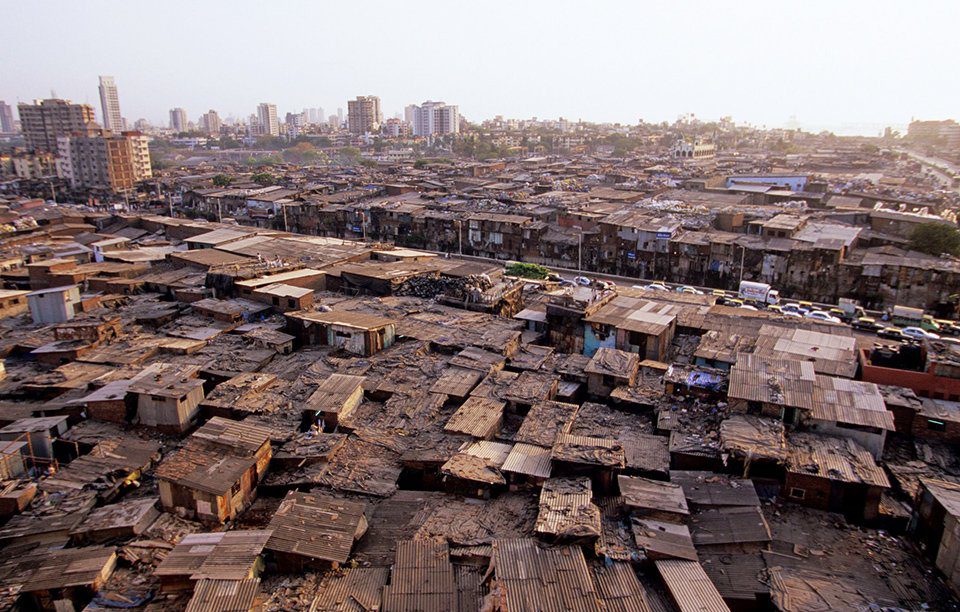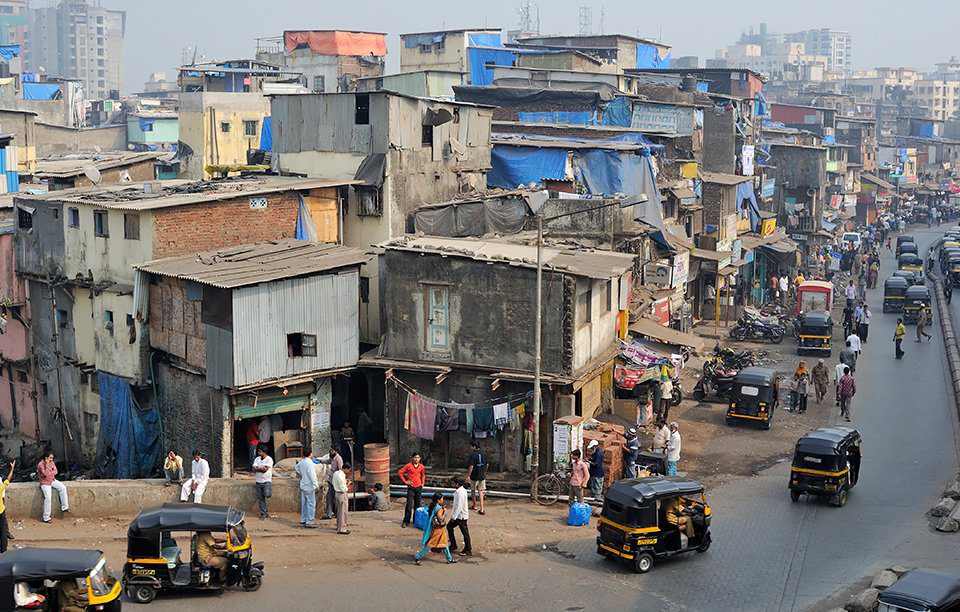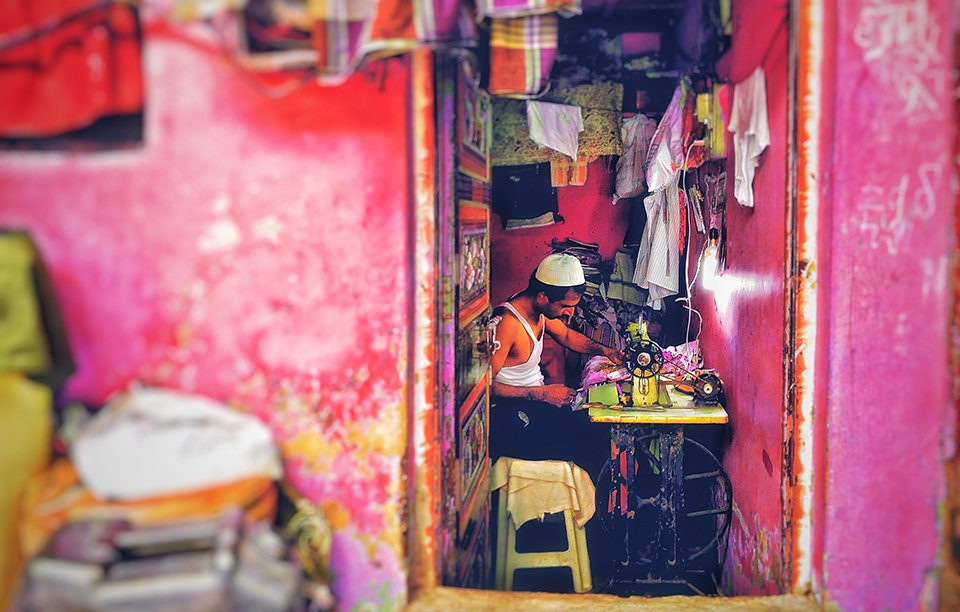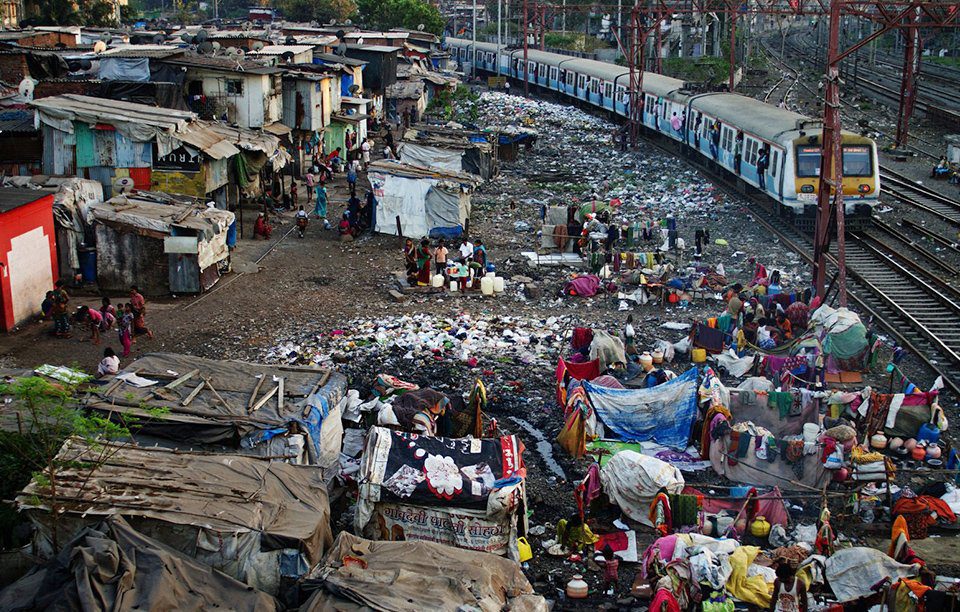A tour through the third-largest slum in the world has been named by TripAdvisor as India’s most highly rated cultural experience.
The small group guided tour of the Dharavi slum in Mumbai beat tours of Old Dehli and the Taj Mahal in the 2019 TripAdvisor Travellers’ Choice Awards for Experiences. The tour also hit #6 in the world for Trip Advisor cultural experiences.
FACT: With a population of 1 million souls, Dharavi is one of the most densely populated slums in the world with a total of 45% of Mumbai’s population reportedly living in a slum.
This two and a half-hour tour, which costs around AU$18 sees a group of six people (max) be guided around the houses and businesses in the slum as well as visiting a local bakery and a recycling centre.

What’s the challenge?
Despite the #1 ranking, this story has made headline news globally as an awkward, uneasy topic and modern-day dilemma for some, and has raised many questions for travellers in terms of their own, personal ethics.
At first glance, would you go on the tour?
Some critics say that people shouldn’t go on a Dharavi slum tour (or any slum tour) because poverty shouldn’t be “exploited for your own entertainment”.
But is that a privileged viewpoint that fails to recognise the economic significance of travellers education and potential contribution to the local economy? Or indeed to the challenge of poverty in general?
Could you debate that a camera toting visit to any community far less fortunate than yourself is the same kind of experience anyway? Be it in South America, Asia, Africa or even in parts of Australia?
As travellers, we’ve been visiting these poverty ridden environments all over the world for years without much thought or consideration for our own privilege.
Or is it simply, that in this selective instance, our understanding of what a slum means has made us fearful and dismissive of visiting for our own safety’s sake?

According to locally owned and operated Reality Tours and Travel who have been running the tour for ten years:
“Known to many as ‘one of the largest slums in Asia’, we prefer to think of Dharavi as Mumbai’s beating heart. It houses about one million of Mumbai’s inhabitants, and its industries have an annual turnover of approximately US$665 million.”
“Through our educational walking tours, visitors experience a wide range of these business activities: recycling, pottery-making, embroidery, bakery, soap factory, leather tanning, poppadom-making and many more.”
The recycling initiatives are especially remarkable with plastic recycling one of the biggest industries in Dharavi.
Travellers JB & Renée Macatulad who visited Dharavi recently say: “When plastic waste arrives at the slum, it’s segregated by colour and quality before being shredded by a machine into smaller pieces. The smaller pieces are then washed and cleaned and left to dry on the rooftops. When dry, the plastic is dyed then melted into long strands which are cooled in water. These pellets are then sold by weight to manufacturers.”
Rest assured, no single scrap is being wasted in this neighbourhood.

What’s the solution?
As an NGO and with a decade in business, Reality Tours and Travel believe that tourism can and should be a force for local development.
Reality Tours is a social business that uses a profit-sharing model to fund their sister-NGO Reality Gives.
A whopping eighty per cent of their post-tax profits go directly to Reality Gives which runs high-quality education programs in areas where Reality Tours works.
“Our 2 hour and 30-minute introduction to Dharavi aims to give visitors a much more nuanced understanding of life and work in Mumbai slums. You can also add lunch with a local family after the morning tour. Not only will you gain additional insights into Dharavi, but you’ll provide a local family with some extra income.”
The company have strict best practice guidelines including a strict no photography policy on all of their tours of Dharavi and Sanjay Colony (Another slum in Delhi) as well as local guides.
There’s also a strict dress code where they will turn away any customers dressed in a way that might offend residents (i.e. no tank tops, low-cut shirts, shorts, etc.).

What will the positive impact be?
With today’s travel buzzwords such as ‘immersive and authentic experiences’ used liberally versus the outdated ‘tours’ and ‘products’ descriptions, we think these kinds of experiences are more needed and valuable than ever as a true win-win for everybody.
“It was really inspiring to see the resilience of the human spirit to survive adversities. And no, there are no beggars in the slum. Just thousands of hard-working people making an honest living.”
Beacon of Hope, Melbourne, Australia
With only one single negative review, the other 381 reviews to date appear to echo the same transformative sentiment:
“The biggest surprise was at the end when Rahul took us into his home, introduced us to his family and we got to have chai together. It made us feel good to see how our money was going to a family from the slum and not just a tourist company taking advantage. We loved him, can’t say enough.”
Greengrassbros, Miami, Florida
“My wife was not to know that I had booked this tour on our cruise stop in Mumbai or she would have refused to come along. She was suddenly confronted with a different world as in which she has been living, with all her prejudices about the daily lives of the large majority of our planet. It has since changed her ideas and attitude vis-à-vis the so-called “poor of the third world”. She began to understand them as equal humans, admiring their capacities of adaption to a ‘given’ reality, their ingenuity and enterprise. I can’t recommend strongly enough this tour in Dharavi by all Western tourists who visit Mumbai. You’ll never forget in your life!”
fredsI7075OK, Sydney, Australia
The critics, it seems, are right – if you’re one of those people seeking poverty out like it’s some sort of ‘zoo-like’ attraction, then don’t bother.
The good people of Dharavi certainly won’t want your pity.
What the people of Dharavi do want is for you to see beyond the poverty, to look past the Hollywood film stereotypes such as Slumdog Millionaire and to accept them as humans just like you, making the best of their situation.
Whichever way you look at it, there is undoubtedly a huge amount of poverty in Dharavi. But for the hundreds of thousands of people earning an honest crust there, there is also a massive sense of pride.
Now that you’ve read the story, would you go on the tour?
Find out more:
http://realitytoursandtravel.com
http://www.realitygives.org/
How can you travel to change the world?
Congratulations! By reading this post and taking some of these insights on board, you’ve already made a difference.
Now you can easily create your impact by sharing your new-found knowledge with other friends who you think would also be interested.
Ultimately, responsible travel comes down to common sense – stay curious, keep yourself up-to-date with the challenges at hand and make yourself accountable for your actions on your travels.